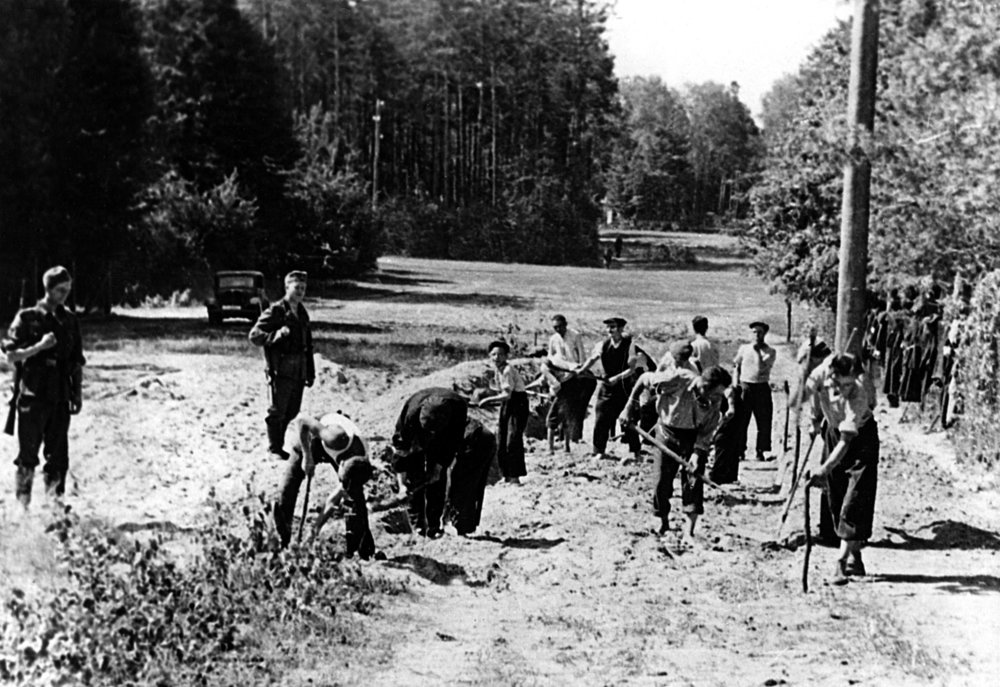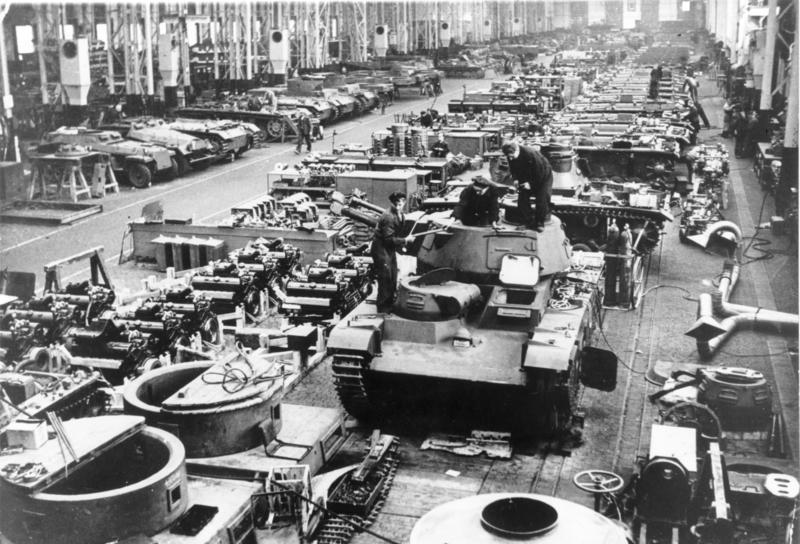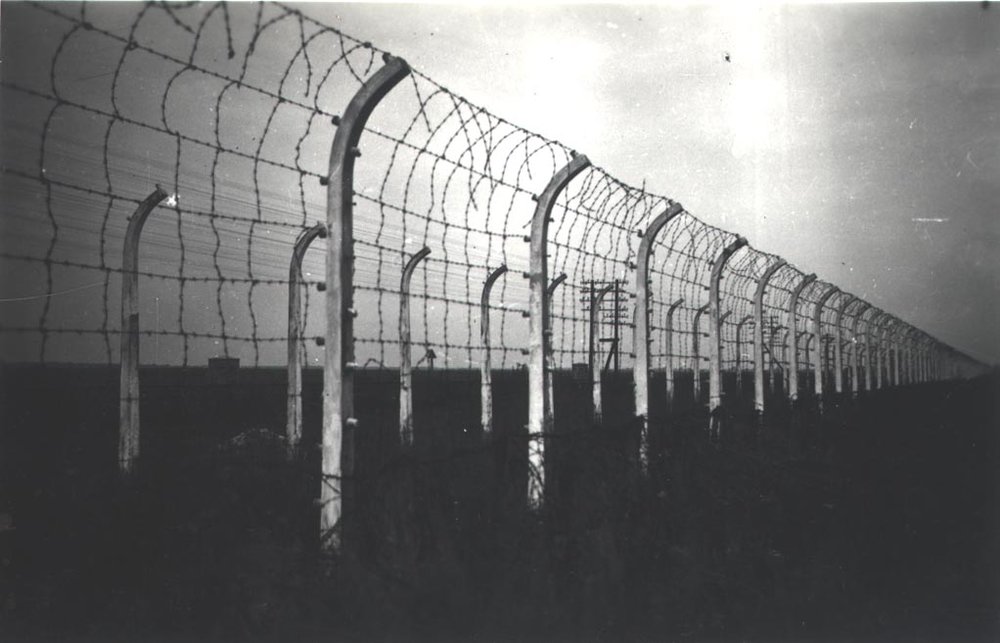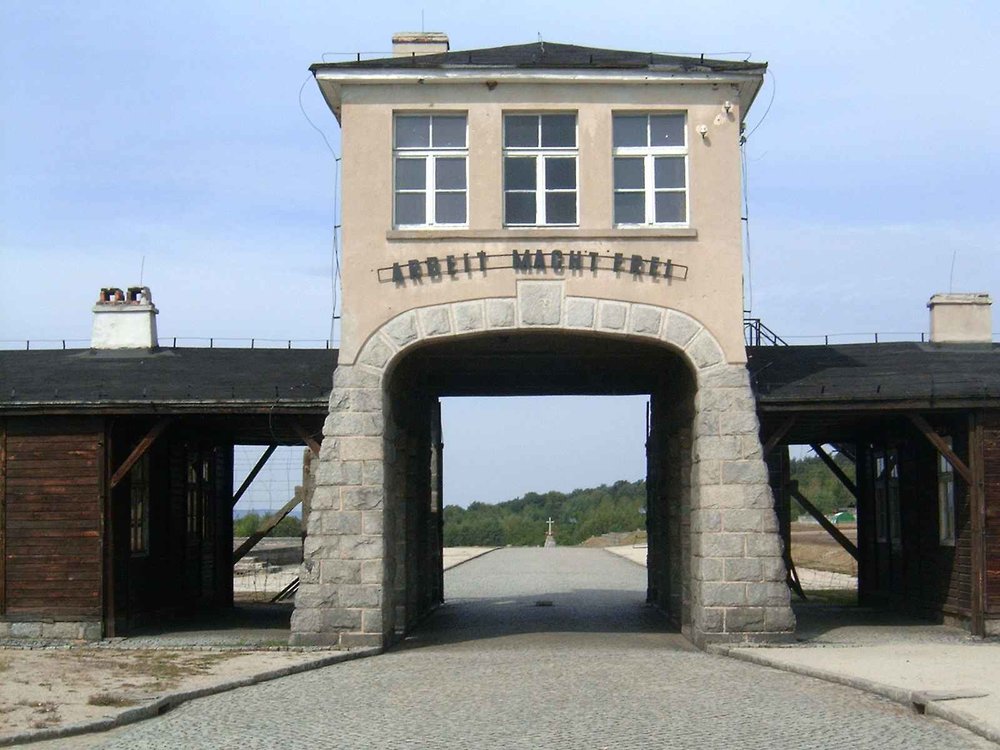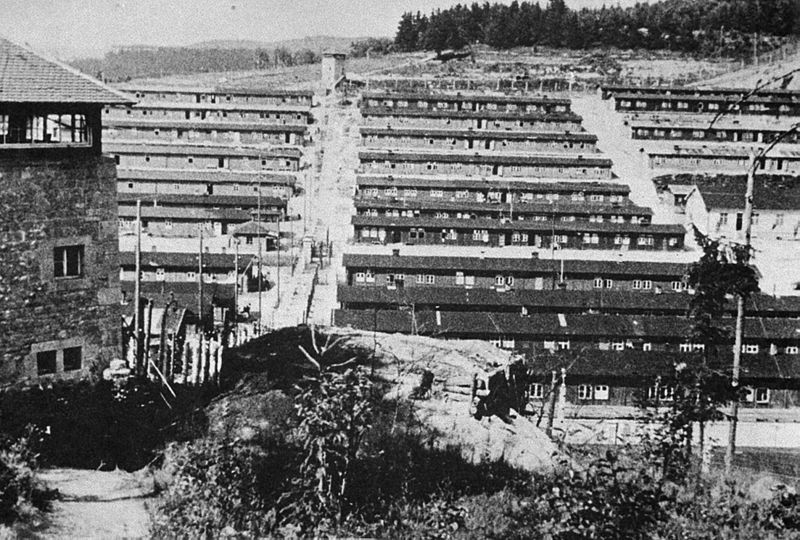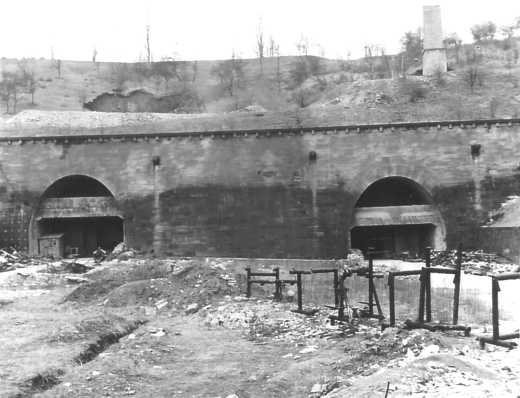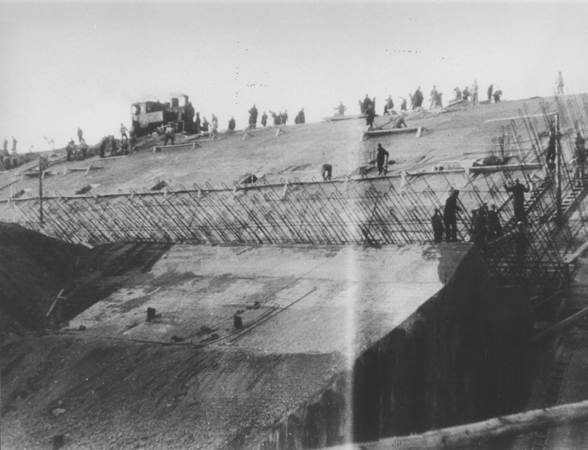EXCERPT FROM THE LONG NIGHT
Death march to Grossrosen
“With the butts of their rifles the SS kept chasing and forced us to go faster and faster until we were almost running. Invalids in the march could no longer keep up with this more rapid tempo. Moreover, some of them wore wooden clogs that were more and more heavily encrusted with snow. They looked as if they were walking on stilts and it became more difficult for them to keep moving forward. In order not to fall behind some of them threw their clogs away and tried to march through the ice and snow with bare feet. No one could drop back. Anyone who faltered for a moment was pushed onward by the man behind, and if his pace slackened he was pushed on in turn by those behind him.
The pace kept quickening to such an extent that we even had to attend to our bodily needs as we marched along. Our anxiety mounted as we felt our way in the dark. We completely lost our sense of direction and kept tripping over one another’s feet. It was the weakest who fared the worst. They were pushed and shoved from every side, but had to drag themselves along no matter how badly their feet were injured from being stepped on by others. Within a few hours many were so exhausted they had to remain behind. Others who been forced to dispose of their wooden clogs in order to continue complained bitterly; they had lost all feeling in their feet and were unable to control them because they were absolutely frozen. From time to time we heard single shots that were quickly swallowed by the darkness of the night. We did not want to think about their meaning or what was happening around us. However, some inmates who were marching toward the rear of the column noticed that SS officers shot all those who could not keep up. These inmates pushed to the front and begged us to warn everyone that anyone who could not keep up would be shot. We had to muster our final strength in order to maintain our position in the marching column. We made every effort to support the weakest under their arms and so help them keep pace.
Those at the front were driven at such speed that those in the rear were forced to run. They could not maintain this pace for long. Even the SS who were guarding the rear became exhausted and finally gave the order to slow down. Hardly had the inmates heard this new SS order to slow down the pace of the march when hundreds of us erupted with mutinous calls, “Slower, slower!” We had been chased along so hard that we were all absolutely shattered. Whereas the SS was normally able to exploit our national differences, now we were united by a revolutionary atmosphere.”
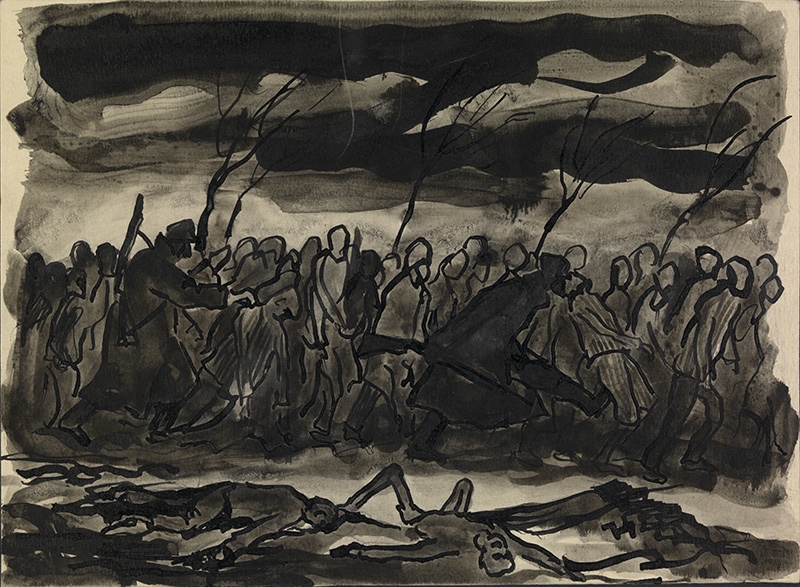
Death March (Czechowice-Bielsko, January 1945), 1945, [Jan Hartman © The artist’s estate (IWM Art.IWM ART 16666)]

